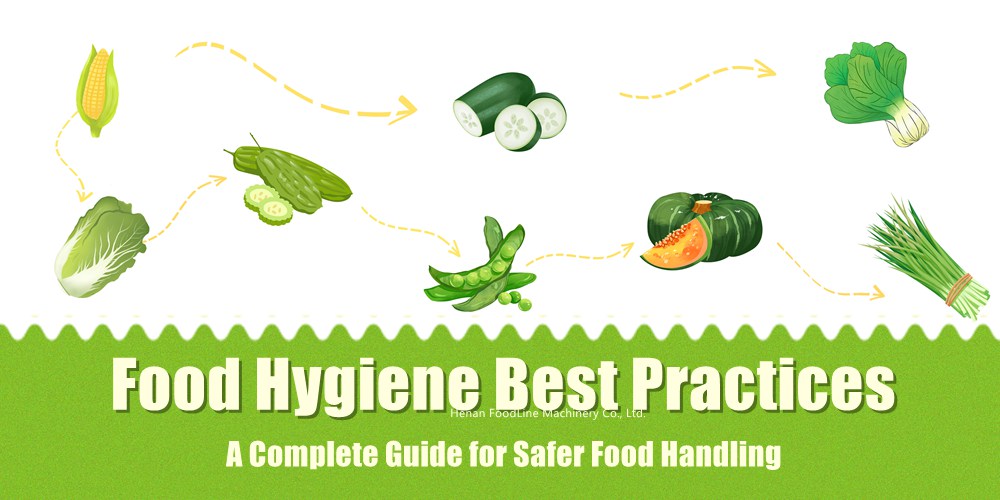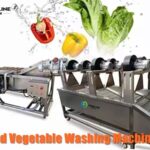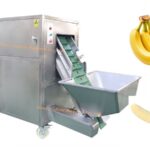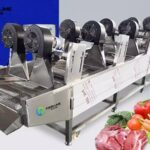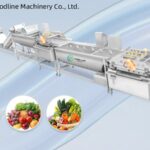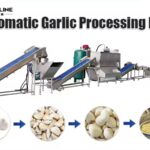In the food industry, maintaining high standards of hygiene is not optional—it’s critical. Food hygiene refers to the proper handling, preparation, and storage of food in ways that prevent foodborne illnesses. Whether you’re running a restaurant, processing plant, or even just preparing meals at home, good food hygiene practices protect health, ensure compliance with regulations, and build trust with customers.
In this article, we’ll explore the key aspects of food hygiene, best practices, the consequences of neglect, and how to implement hygiene systems effectively. Whether you’re in the food business or just a health-conscious individual, this guide will help you understand why food hygiene matters more than ever.
What Is Food Hygiene?
Food hygiene encompasses all measures and conditions necessary to control hazards and prevent contamination throughout the food production and supply chain. It covers everything from:
- Personal hygiene of food handlers
- Cleanliness of utensils and workspaces
- Safe sourcing and storage of ingredients
- Proper cooking and cooling techniques
Maintaining food hygiene reduces the risk of foodborne diseases such as salmonella, E. coli, and listeria, which can have severe consequences for health and business operations.
Why Is Food Hygiene Important?
Food hygiene is not just about cleanliness—it directly impacts:
1. Public Health
Poor hygiene can lead to outbreaks of foodborne illness, sometimes resulting in hospitalization or even death. The World Health Organization estimates that unsafe food causes 600 million cases of foodborne diseases each year.
2. Legal Compliance
Food businesses are legally required to follow food safety standards set by local and international authorities. Violations can lead to fines, closures, and legal actions.
3. Reputation Management
One bad review about unhygienic food can hurt your brand. Maintaining strict hygiene standards builds customer trust and loyalty.
4. Waste Reduction
Proper hygiene practices prevent spoilage, contamination, and pest infestation, reducing food waste and saving money.
7 Essential Food Hygiene Practices
1. Personal Hygiene of Food Handlers
- Wash hands thoroughly with soap before and after handling food
- Wear clean uniforms, gloves, and hairnets
- Avoid touching face, hair, or phone while working
- Stay home if you’re sick, especially with stomach-related illnesses
2. Proper Food Storage
- Store raw and cooked food separately
- Use FIFO (First In, First Out) method to avoid expired items
- Maintain refrigeration at below 5°C (41°F) and hot food above 60°C (140°F)
- Label containers with date and type of food
3. Clean and Sanitize Surfaces
- Disinfect countertops, chopping boards, and utensils regularly
- Use color-coded tools to avoid cross-contamination
- Keep dishwashers and sinks clean and well-maintained
4. Cook to Safe Temperatures
- Use a food thermometer to ensure meat, poultry, and seafood reach safe internal temperatures
- Avoid partially cooking food for later finishing—it encourages bacterial growth
5. Prevent Cross-Contamination
- Use separate cutting boards for raw meat and vegetables
- Never mix raw and cooked foods
- Store raw items on lower shelves to prevent drips onto ready-to-eat items
6. Control Pests
- Keep trash bins covered and emptied regularly
- Seal cracks and entry points in walls and floors
- Use pest control services or traps when necessary
7. Regular Training and Audits
- Train staff on hygiene practices and food safety standards
- Conduct regular audits and inspections
- Keep records of cleaning schedules and compliance checks
Common Food Hygiene Mistakes to Avoid
- Ignoring hand hygiene
- Storing food at incorrect temperatures
- Using dirty or contaminated equipment
- Letting food sit out too long
- Overlooking allergens and cross-contact
Implementing a Food Safety Management System (FSMS)
A Food Safety Management System based on HACCP (Hazard Analysis and Critical Control Points) is a systematic way to ensure food hygiene. Here’s how to start:
- Identify potential hazards
- Determine critical control points (CCPs)
- Establish limits for each CCP
- Monitor and take corrective action when needed
- Verify and review your FSMS regularly
Food Hygiene at Home
Practicing food hygiene at home is just as important. Here are a few tips:
- Clean produce before cooking or storing
- Avoid thawing meat on the counter—use the fridge
- Wash reusable grocery bags
- Don’t use sponges for too long—they harbor bacteria
Future of Food Hygiene: Technology and Innovation
With growing concerns around food safety, technology is playing a key role in improving hygiene standards. Some trends include:
- Automated washing and sterilizing machines
- Digital temperature monitoring
- Touchless equipment and sensors
- Blockchain for food traceability
These innovations help reduce human error and ensure consistent hygiene practices across the food supply chain.
Conclusion
Maintaining good food hygiene isn’t just a regulatory requirement—it’s a moral responsibility. Whether you’re managing a restaurant, operating a food factory, or cooking at home, following hygiene best practices helps keep people safe and businesses running smoothly.
By implementing proper systems, staying informed, and applying SEO strategies on platforms like WordPress, you can ensure your content on food hygiene reaches the right audience and makes a meaningful impact.
